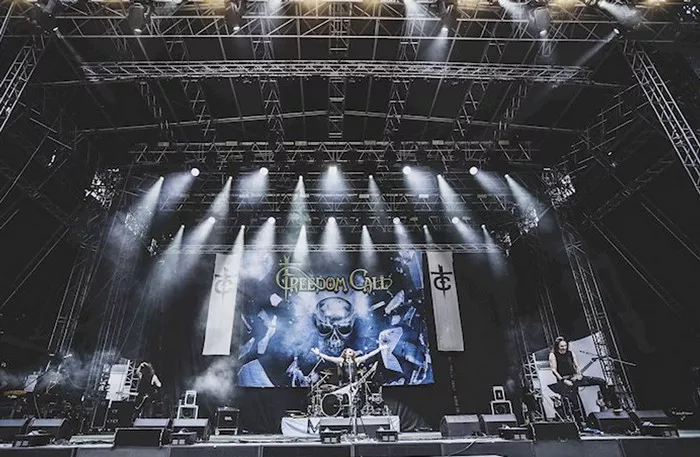Classical metal, often referred to as neoclassical metal, is a genre that seamlessly blends the rich and intricate melodies of classical music with the raw energy and power of heavy metal. It’s a musical fusion that has captivated audiences worldwide, offering a unique and exhilarating listening experience. In this article, we will delve into the origins of classical metal, its defining characteristics, notable bands and musicians, and its enduring influence on the metal music landscape.
Origins and Evolution
The roots of classical metal can be traced back to the late 1960s and early 1970s when bands like Deep Purple and Led Zeppelin began incorporating elements of classical music into their heavy rock sound. However, it was the emergence of guitar virtuosos like Ritchie Blackmore and Uli Jon Roth in the 1970s that laid the groundwork for what would become known as classical metal.
One of the defining moments in the genre’s history was the release of Ritchie Blackmore’s Rainbow’s debut album in 1975, which featured epic tracks like “Sixteenth Century Greensleeves” that showcased Blackmore’s masterful fusion of classical-inspired guitar solos with hard-hitting riffs.
Classical metal’s evolution continued through the 1980s and 1990s with the rise of bands like Symphony X, who incorporated progressive elements into their neoclassical sound. This era also saw the emergence of guitar virtuosos like Yngwie Malmsteen, whose lightning-fast playing style and classical-inspired compositions pushed the boundaries of technical proficiency in metal music.
Characteristics of Classical Metal
Classical metal is characterized by its use of classical music techniques such as intricate arpeggios, harmonized melodies, and symphonic arrangements. The guitar plays a central role, often taking on the role of the lead instrument with blistering solos and virtuosic displays of technique.
Key features of classical metal include:
Technical Mastery: Musicians in classical metal bands are known for their exceptional technical proficiency, especially in guitar playing. They often incorporate complex scales and modes derived from classical music theory.
Orchestral Elements: Many classical metal compositions feature orchestral arrangements, either through the use of keyboards/synthesizers or by incorporating actual orchestral instruments. This adds a grandiose and cinematic quality to the music.
Epic Themes: Lyrics in classical metal often explore epic and mythological themes, drawing inspiration from classical literature and history. This contributes to the genre’s larger-than-life atmosphere.
Neoclassical Influences: The term “neoclassical” refers to the revival of classical aesthetics in a modern context. In classical metal, this manifests in the fusion of classical music structures and motifs with contemporary metal instrumentation and production techniques.
Notable Bands and Musicians
Several bands and musicians have been instrumental in shaping the classical metal genre and pushing its boundaries. Here are some key figures:
Ritchie Blackmore: As mentioned earlier, Blackmore’s work with Deep Purple and later with Rainbow laid the foundation for classical metal guitar playing. His fluid arpeggios and melodic sensibilities influenced generations of guitarists.
Yngwie Malmsteen: Widely regarded as one of the greatest guitar virtuosos in the genre, Malmsteen’s lightning-fast playing style and classical-inspired compositions earned him acclaim and a dedicated following.
Symphony X: This American progressive metal band incorporates intricate symphonic elements into their music, creating a sophisticated blend of classical and metal influences.
DragonForce: Known for their high-speed guitar solos and epic song structures, DragonForce infuses elements of power metal with neoclassical flourishes, creating a distinctive sound.
Trans-Siberian Orchestra: While primarily known for their rock operas and Christmas-themed albums, Trans-Siberian Orchestra’s use of orchestral arrangements and symphonic metal elements has made them a notable presence in the classical metal scene.
Impact and Legacy
Classical metal has left a lasting impact on the metal music landscape, influencing subgenres like power metal, symphonic metal, and progressive metal. Its emphasis on technical skill, melodic richness, and thematic depth has attracted a dedicated fanbase and inspired countless musicians to explore new musical horizons.
Conclusion
In conclusion, classical metal represents a harmonious marriage between the time-honored traditions of classical music and the electrifying energy of heavy metal. Its legacy continues to resonate with audiences around the world, proving that music, like any art form, thrives on innovation and creative fusion.

